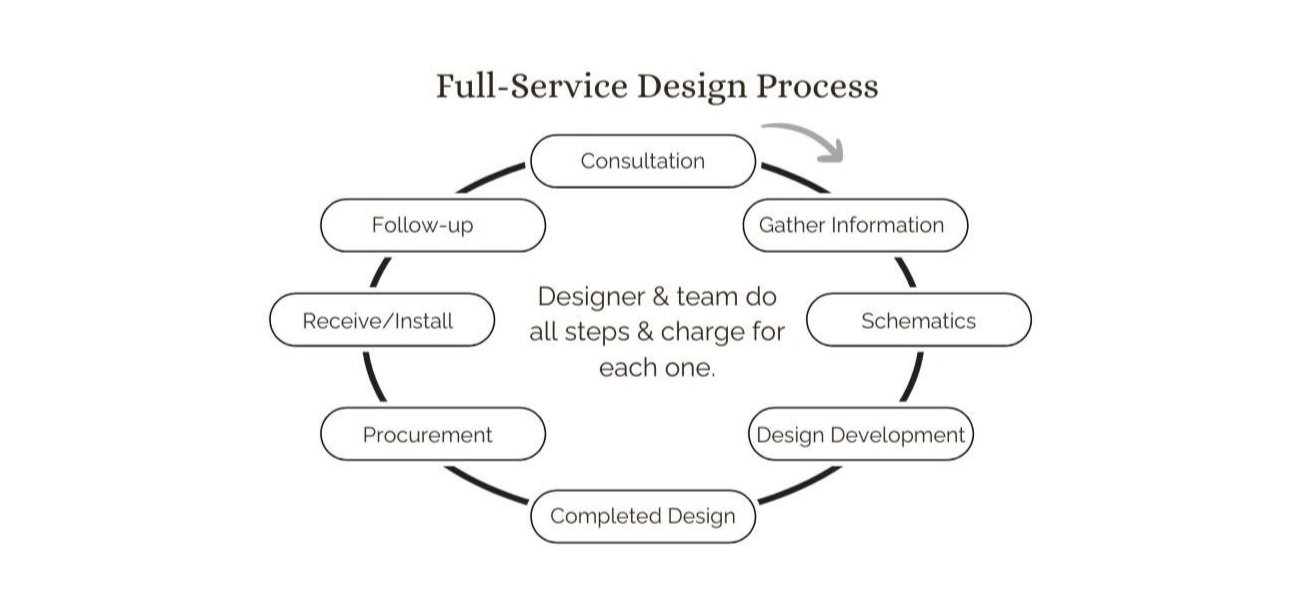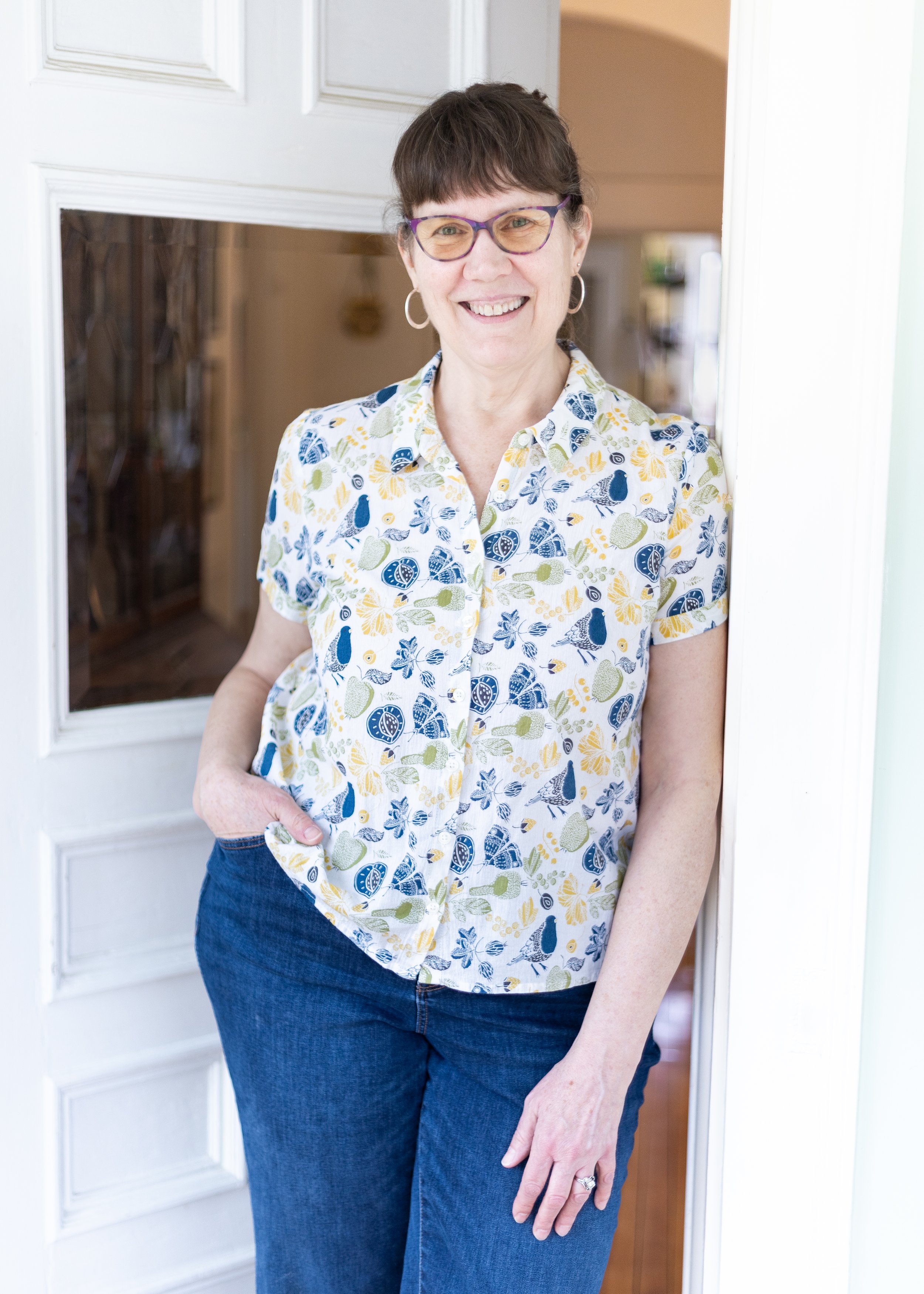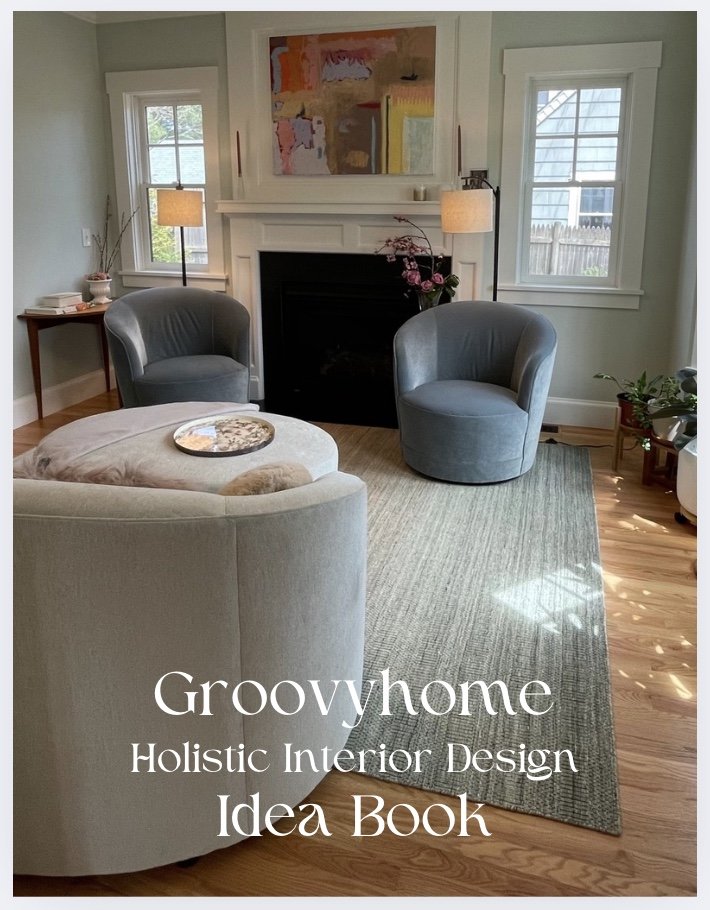Affordable Interior Designer in Massachusetts: What to Expect From the Groovyhome Approach
If you’ve never worked with an interior designer before, you’re probably unaware of the different ways that we work, so today I’m here to dispel the mystery for you.
There’s Room for Different Ways of Working
1) Full-service, high-end designers take on the whole project from beginning to end with white glove service. They have entire teams of experts who create concepts and designs, specify all interior elements, take care of ordering and storing all items, and install everything in the home.
It’s a lot of work, especially because they prefer whole-house renovations or new construction. Ideally the client doesn't lift a finger, which is one of the factors they pay for.
Steps in the Full-Service Process
Many designers work this way. They offer a luxe experience, custom furnishings, and exclusive access to materials and products. It’s also a well-paid method of working. On top of their design fee for every phase, full-service designers earn more money on the furniture they sell to their clients.
2) Other designers choose to work differently: e-designers work exclusively online with clients around the globe; decorators work with furnishings only and don’t necessarily draft floor plans; and some interior designers specialize in kitchens or baths, lighting design, window treatments or home theater installation.
3) I designed my hybrid business model as a more affordable alternative for updating a home.
I redesign the existing space (no reno),
repurpose furniture when possible,
meet 1-on-1 virtually throughout the project,
charge for my expertise and creativity, not for furniture,
don’t charge for ordering and receiving because the client agrees to handle these steps, and
every project is a collaboration with my client.
Collaboration in the Groovyhome Process
Even though I use my own business model, I still follow the standard design process for my full-room Curated Design projects.
Consultation: We begin with a free video conversation so we can meet and discuss the client’s needs. I show them how I work, and then we see if we’re the right fit for each other. If so, then we move to step 2.
Programming: The client fills out my questionnaire, we sign the agreement, and I visit the home to measure and take photos. We confirm what the client needs and wants, and whether or not we’ll reuse any of their current furniture. This step is all about gathering the information I need to begin the project.
Schematic Design: I draft floor plans and design a few furniture arrangements for the client to consider. We meet on video to discuss and decide which plan works best for them.
Design Development: During this phase, I begin specifying furniture pieces that fit into the plan and also fulfill the client’s requirements. If we’re reusing anything, I factor those pieces in as well. Fabric, rugs, and wall colors enter the scene here, as I coordinate the aesthetics of the new design. We meet again to discuss and decide.
Since we’ve narrowed things down to 2 or 3 choices by then, the client visits the store to try the furniture in person and to collect fabric samples to take home. In the meantime we’ve also received any paint samples we’re liking. At that point, we can see everything together in their space and make final decisions.
Completed Drawings & Documents: The floor plan is confirmed, along with all fabrics and paint colors. I generate the shopping list with links for the client to purchase their new pieces.
Procurement: In other words, placing orders. My clients agree to do this step themselves because I provide them with all of the links and information they need.
Receive and Install: As pieces arrive at their home, clients know exactly where each one goes because they have the floor plan.
Follow-Up Meeting: When everything is in place and the room is finished, I return to take final photos and celebrate their groovy new space!
And now, a word about timing. While home makeover TV shows are entertaining, they don't reflect the reality of interior design timelines. Real projects involve numerous steps and take significantly longer. To manage expectations, I tell clients that even a single room design can take up to six months to complete.
Here’s why.
All of these essential factors take time:
Drafting and designing the space to meet every requirement;
Scheduling and postponing meetings, since life/illness/travel/family tend to delay our progress;
Deciding on colors, because we need to see them in every single lighting condition in the actual space and this takes several days.
Waiting on furniture to be built, shipped and delivered.
And any other obstacles we might bump into along the way.
My client’s fresh, new living area.
I hope I’ve given you some insight on the variety of approaches designers take, and also the patience involved, to transform clients’ homes into the sanctuaries they love.
Whether you’re thinking about hiring a designer or just curious about how we work, take my 2-minute quiz that helps you discover which type of designer would suit you best!
About Nan
I’m a holistic interior designer who’s devoted to functional & livable design. I’ve been working as a professional designer since 1995 and one thing I love about interior design is how it can evoke a mood and create whatever feeling you want in your space. In that way, it’s kind of magical.





